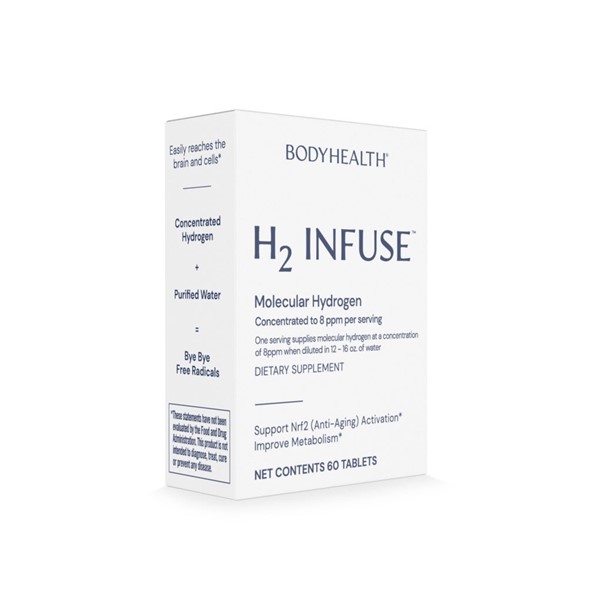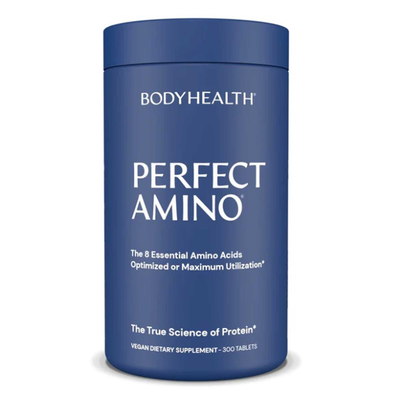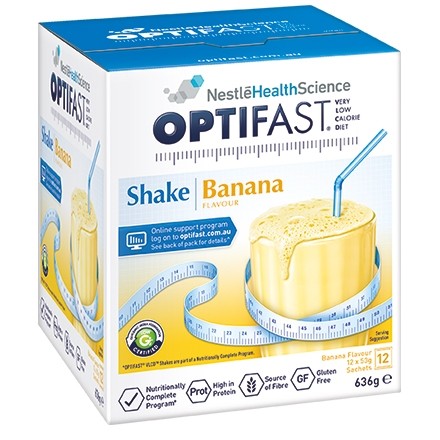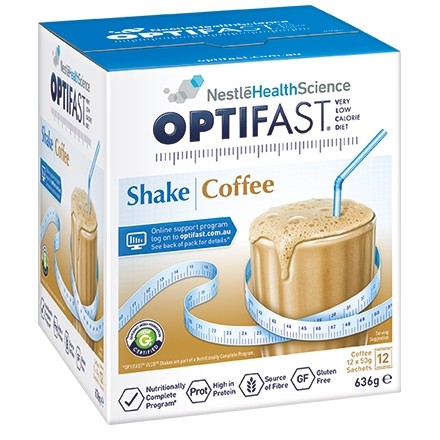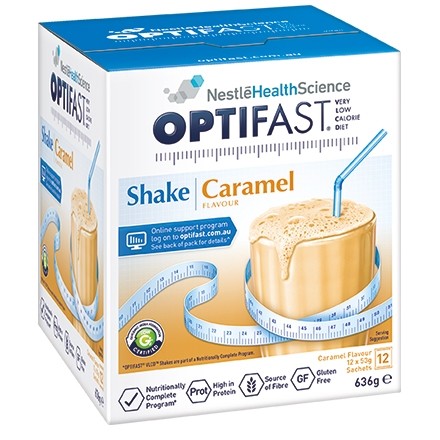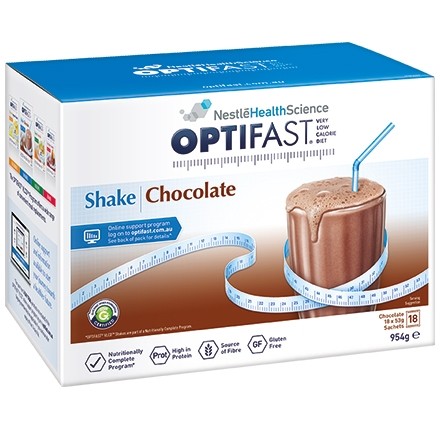The Optifast program is a clinically proven, very low calorie diet recommended for the dietary management of obesity. It has been widely researched and successfully and safely used worldwide by millions of patients since 1974.
How does it work?
Optifast is incredibly simple. All food is replaced with the Optifast products, which are designed to restrict energy intake, whilst still maintaining healthy nutrition. Reducing calorie (energy) intake to below 800 calories (3448kJ) per day means the body starts to draw energy from its own fat stores instead of from food. Research has shown that very low calorie diets produce greater initial weight loss than other diets (9–26kg over 4-20 weeks).
What is involved?
In the early stages, Optifast is designed to totally replace normal food intake. As you start to lose weight, normal meals are then gradually re-introduced. There are 11 products in our range – each of which contains carbohydrates, essential fatty acids and high quality protein (which helps preserve lean body mass). Each product contains all the daily nutrients, minerals and trace elements the body needs on a daily basis.
There are four stages to the Optifast program and your health professional can advise which is the most appropriate phase of the program for your individual weight loss needs:
1.Intensive Phase
During this initial phase, Optifast replaces ALL meals and must be taken in combination with 2 cups of low-starch, green vegetables and 2 litres of water per day.
2.Transition Phase
One low calorie meal (approximately 300-350 calories) is introduced, in combination with 2 cups of low starch vegetables, 2 serves of fruit, 1 serve of dairy (see Allowed Foods List) and 2 litres of water per day.
3.Maintenance Phase
Once this phase is reached, Optifast replaces just ONE meal a day – in combination with two low calorie meal (approximately 300-350 calories each), 2 cups of low starch vegetables, 2 serves of fruit, 1 serve of dairy (see Allowed Foods List) and 2 litres of water per day.
4.Stabilisation Phase
Once weight loss goals have been achieved, you should be at a stage where you no longer require Optifast and you are eating healthy, low calorie meals. However, it is vital to maintain weight loss by ensuring calorie intake is restricted to less than about 1500 calories per day. Your health professional may advise you to use Optifast intermittently if you go above your healthy goal weight.
How is it taken?
Optifast comes in bar, shake and soup formats, in individual portions. To make up a sachet, simply add the contents to cold or hot water - then stir or shake. In addition to the sachets, it’s important to drink two litres of calorie-free fluid, preferably water, and eat two cups of low starch vegetables every day. It’s also important to start a program of light exercise – increasing to moderate intensity (e.g. brisk walking) as weight loss accelerates. Before commencing any exercise program, it is important that you discuss this with your health professional.
What other foods can be eaten on the program?
Allowed
Fruit and Dairy serves for Transition Phase onwards. A serve of fruit should contain around 50-70 calories and 10-15g of carbohydrate. A serve of fruit could be one of: 200g strawberries, 4 lychees, 2 apricots, 200g cooked rhubarb, 2 slices pineapple, 2-3 passion fruit, 100g grapes, 1 small apple, 10 cherries, 1 small orange, 1 peach, 1 small pear, 120g pear in natural juice, 120g plums or 3 prunes.A serve of dairy should have around 100 calories. A serve of dairy could be: one 250ml glass low fat milk, 40g low fat cheese, 1 scoop of light ice-cream or a 200g tub low fat yoghurt.
Low starch and green vegetables alfalfa sprouts, asparagus, beans, bok choy, broccoli, brussel sprouts, celery, cabbage, capsicum, carrots cauliflower, cucumber, eggplant, garlic, lettuce, leeks, mung beans, mushrooms, onions radish, shallots, silver beet, snow peas, spinach, squash, tomato, watercress, zucchini
Soups stock cubes, bonox (in moderation) vegetable soups(using allowed vegetables) miso soup
Sauces and condiments lemon juice, vinegar, Worcestershire sauce soy sauce (in moderation), chilli mustard, tomato paste
Spices and herbs all spice, basil, celery flakes, chilli, chives, cinnamon, cloves, coriander, cumin, curry powder dill, fennel, garlic, ginger, light salt, mint, mustard seed, nutmeg oregano, paprika, parsley, pepper, rosemary, sage, thyme, turmeric, tarragon
Miscellaneous artificial sweeteners Unsweetened lollies/gum Diet Jelly, Essence – banana, mint, strawberry
Calorie free fluids (at least 2 litres extra per day) water, tea, diet soft drink diet cordial, mineral water
Avoid
FruitAll other fruit
Vege corn, green peas, legume, lentils, potato, pumpkin, sweet potato
Soup All other
Drink Fruit juice and alcohol
* Fruit is permitted only during the Transition, Maintenance and Stabilisation Phases of the program. Fruit is not allowed during the intensive phase of the program due to its carbohydrate content.
What support is included?
Anyone using Optifast, or any health professional who recommends it to patients, can register for the Oasis support program. This unique program is completely free, and includes:
* 24/7 information at your fingertips.
* Sound, expert weight loss advice, tailored to the program.
* Fact sheets with weight loss tips.
* Product updates and promotions.
* Weight loss progress charts.
* Delicious recipe ideas.
* Menu planners and exercise guidelines.
* Opportunities to share your success stories with others.
* Community forums and a personal blog.

